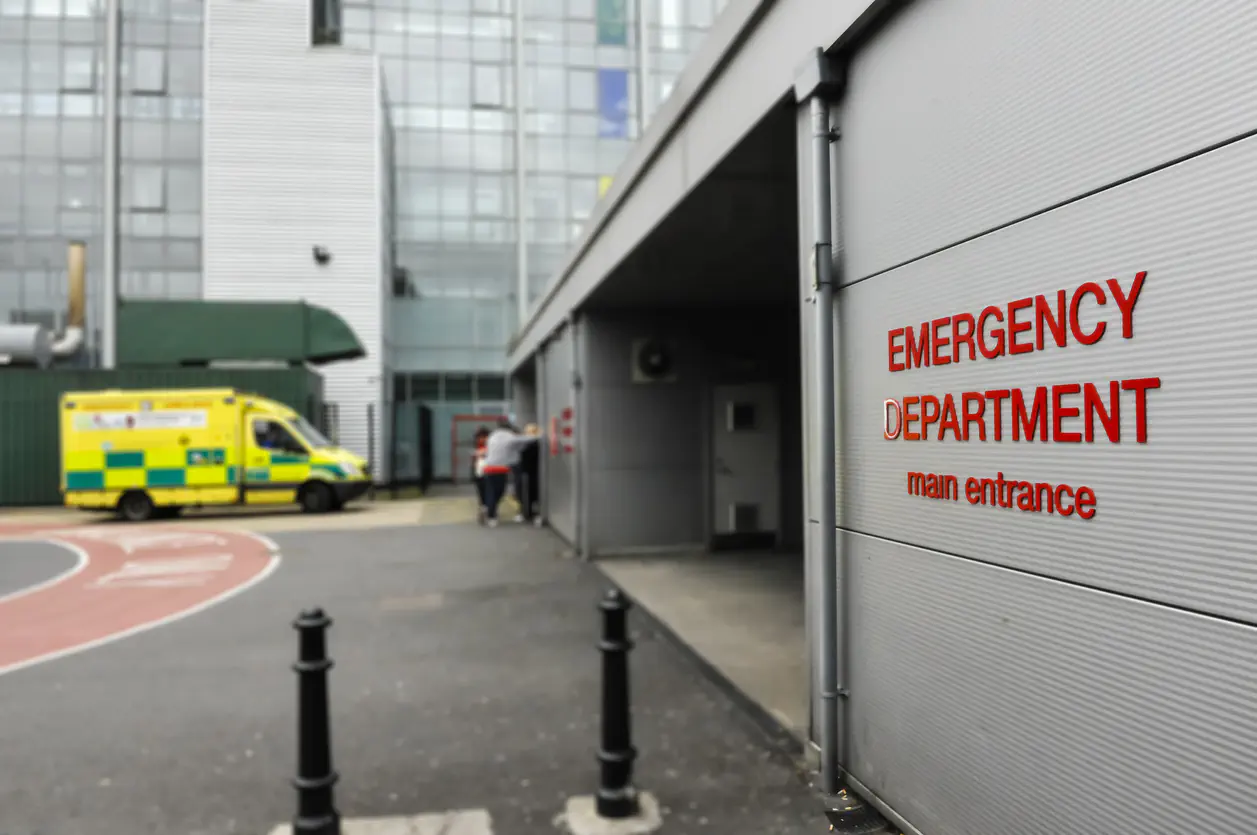DRUGS: WHAT YOU
NEED TO KNOW Booklet

Signs and Symptoms of Barbiturate Addiction

Barbiturates are depressants of the central nervous system (CNS) prescribed to help a person sleep, relieve their anxiety or muscle spasms or prevent seizures. They may also be used as part of a formula for surgical anesthesia. The generic and brand names of some of the most common barbiturates are:
- amobarbital (Amytal)
- pentobarbital (Nembutal)
- secobarbital (Seconal)
- phenobarbital (Luminal)
These drugs are specifically classed as sedative-hypnotics. While barbiturates are still being prescribed, their use is much less widespread than it was in 1950 when prescriptions for these drugs were at their highest.1 In some medical situations, they have been replaced by benzodiazepines which are less likely to cause addiction and overdose deaths. Even though fewer doctors prescribe barbiturates, some people purchase their own supplies over the internet, which can lead to their addictions or even fatal overdoses. Barbiturates can cause addiction in as little as a month of abuse.2
Because of the chemical similarity between these different categories, statistics on the abuse of barbiturates, benzodiazepines and non-benzodiazepines are grouped together. Each year, 6.2 million people misuse these three classes of drugs. All three types have significant abuse potential and the ability to cause addiction.3 Of these 6.2 million people, the greatest number of them are abusing benzodiazepines. More than 300,000 people begin misusing one of the several types of sedatives each year.
Most people misusing barbiturates will take these drugs in combination with other drugs. It is common to take sedatives to ease the edgy effects of abusing stimulants such as methamphetamine, cocaine or prescription stimulants. Some people seek the euphoric effects barbiturates can cause.
What makes barbiturates so dangerous is that there is not much difference between a dose that gives a person the effect they are seeking and a dose that causes a coma or death.
Physical Signs of Barbiturate Addiction
The signs of barbiturate addiction are consistent with the effects of depressing the function of the central nervous system. By slowing the function of the brain, these effects are caused:

- Sleepiness
- Appearing drunk or intoxicated
- Slurred speech
- Higher pain tolerance
- Loss of coordination
- Headaches
- Dry mouth
- Slowed breathing
When a person misuses these drugs day after day, they develop a tolerance, meaning that their bodies adjust to the presence of the drug. If they are looking for a euphoric or relaxing effect from this drug, they will soon need to take more of it to get the same effect. However, there is a danger in increasing one’s dosage of a barbiturate. The body’s tolerance to the lethal effects of barbiturates is slower to develop.4 This means the user might take more of a drug to get the euphoric effect they are seeking but suffer an unintentional overdose.
Behavioral and Emotional Signs of Barbiturate Use
A person misusing these drugs may be trying to create these effects on themselves:
- Mild euphoria
- Reduced anxiety
- Lack of inhibitions
When a person moves into higher doses of these drugs, as can happen as their tolerance builds up, they may start manifesting these signs:
- Poor memory
- Lack of facial expressions
- Impaired judgment
- Confusion
- Irritability
- Poor concentration
- Paranoia
- Thoughts of suicide
The Long-Term Damage of Barbiturate Addiction
The primary long-term damage done by barbiturate use is an increased tolerance followed by addiction. In that case, the physical and emotional problems caused by these drugs can become dangerously pronounced.
Phenobarbital has also proven to cause liver toxicity in some cases.
Barbiturate Overdose
Most barbiturate overdoses involve a combination of drugs, very often alcohol plus barbiturates, or barbiturates plus an opioid such as heroin, oxycodone, or fentanyl. All these drugs depress the function of the central nervous system which is what makes combining drugs so dangerous. A person new to these drugs can unknowingly combine drugs that result in a coma or even death.

Combining a barbiturate with any drug that causes this central nervous system depression is dangerous. Other drugs in this category include benzodiazepines, tranquilizers, sedatives, sleeping pills, Rohypnol (a benzodiazepine not prescribed in this country but available on the illicit market) and GHB (a drug that has some medical uses but that is mostly found on the illicit market).
A barbiturate overdose will have these signs:
- Slowed breathing
- Increased heart rate
- Lower blood pressure
- Lower body temperature
- Coma
- Possible death
Because barbiturates cause poor memory, it is possible for some people being prescribed this medication or abusing it to take a dose, forget they took it and take more, ending up with an unintentional fatal overdose as a result.
Withdrawal from Barbiturates
Withdrawal from barbiturate addiction must always be medically supervised and monitored. The withdrawal symptoms can be life-threatening and include delirium and grand mal seizures.
Other withdrawal symptoms include:
- Anxiety
- Restlessness
- Tremor
- Insomnia
- Dizziness
- Psychosis
- High fever
- Circulatory failure
- Death
Thus it is essential that anyone seeking rehab after barbiturate addiction first consult a doctor and receive close monitoring of their condition as they withdraw from this drug.
Because of that narrow margin between a person’s desired effect from barbiturates and an overdose that causes a coma or even death, it is essential to get a person into recovery if this is one of the drugs they are abusing. There are many medical detoxification programs around the country, and a medical doctor should be consulted to determine if a person who has been abusing barbiturates needs this protection before beginning a rehabilitation program.
Sources:
-
NIH. “Abuse liability of barbiturates and other sedative-hypnotics.” NIH, 1990. NIH Article ↩︎
-
PubMed. “Anxiolytics and sedative/hypnotics dependence.” PubMed, 1991. PubMed Article ↩︎
-
SAMHSA. “Key Substance Use and Mental Health Indicators in the United States: Results from the 2020 National Survey on Drug Use and Health.” Substance Abuse and Mental Health, 2021. SAMSHA Article ↩︎
-
MedlinePlus. “Barbiturate intoxication and overdose.” MedlinePlus, 2022. MedlinePlus. Article ↩︎


